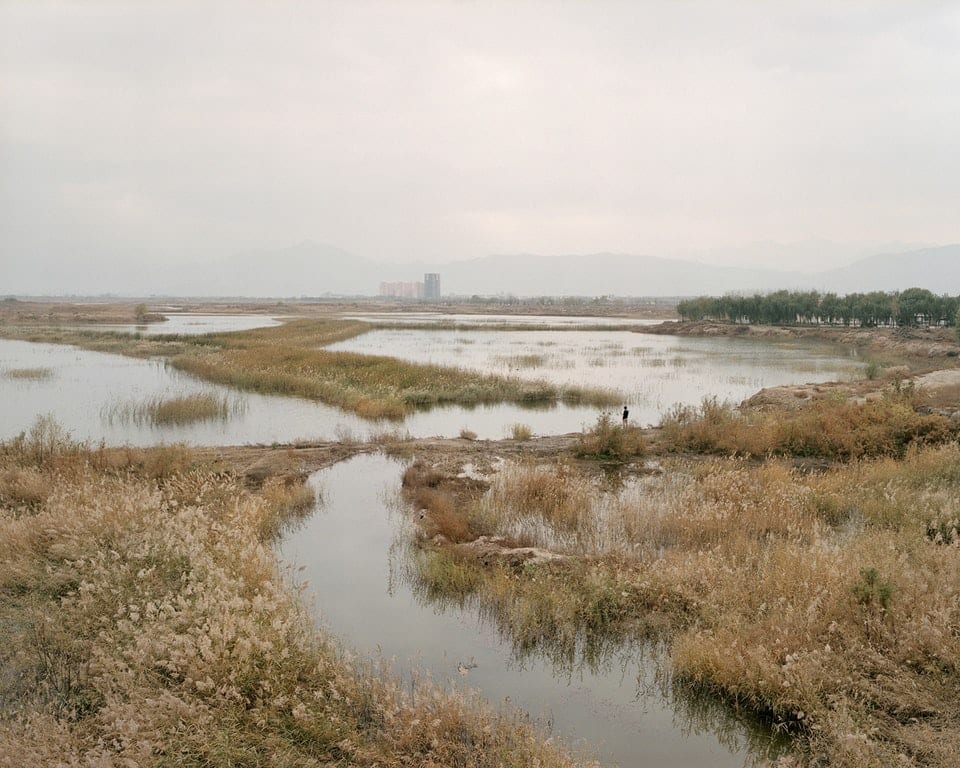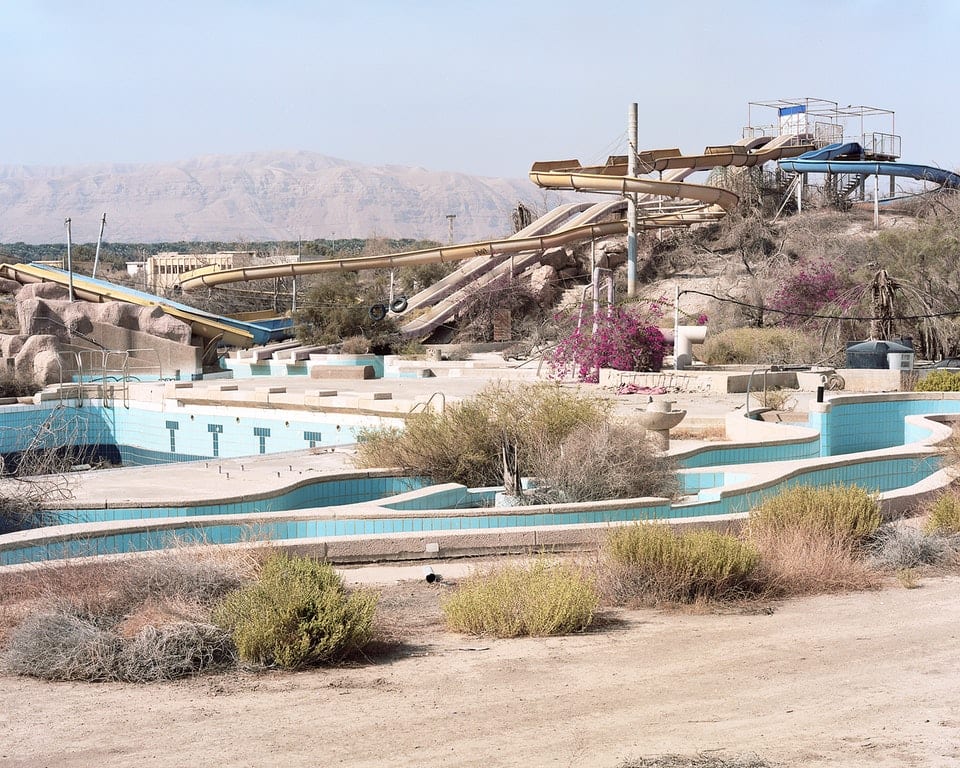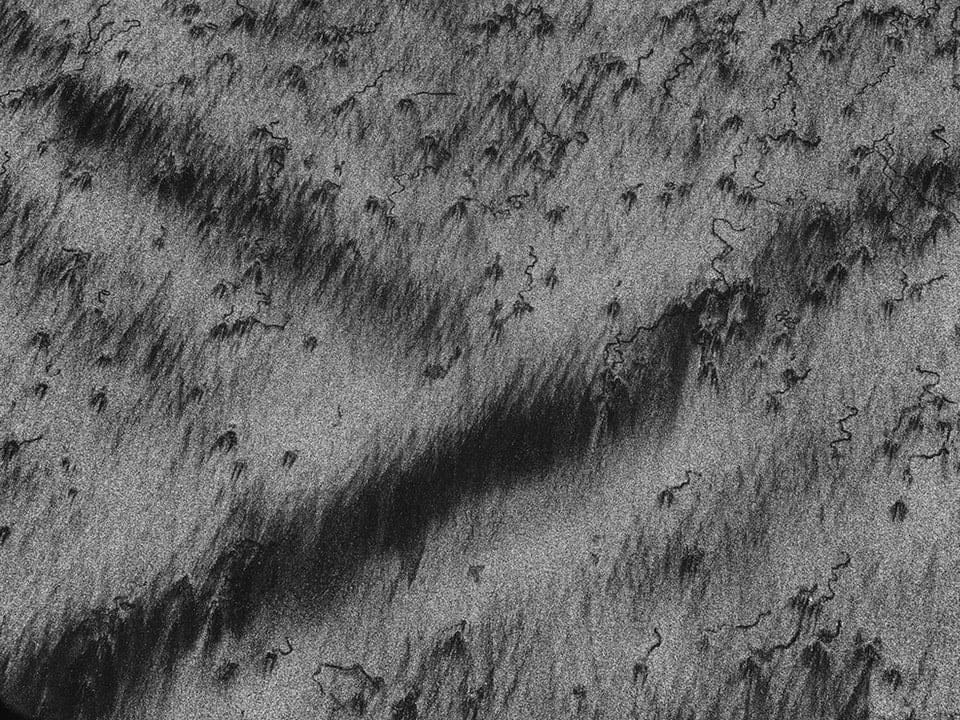From a project tracing the Great Rift Valley, a topographic phenomenon bearing ideological significance, to a study of how the rapid urbanisation of China exists at odds with the culture’s age-old dedication to observing nature. Below, we present the next selection of the strongest submissions to the International Photography Award 2018 so far.
If you have a compelling photography project, we want to see it. Enter the International Photography Award today to win our most ambitious prizes to date, including a solo exhibition, £5000 production grant, exclusive coverage in BJP, VIP access to and promotion at Photo London, and an in-person portfolio review and reprint.
The International Photography Award was created to discover and celebrate the best of contemporary photographic talent. Bringing the work of both emerging and more established photographers to the attention of the international photography community, it has been instrumental in launching the careers of some of the most respected photographers today.
Sebastien Tixier & Raphael Bourelly, Shan Shui – of dust, concrete and water

Conversely, since Antiquity, observing nature has been elevated to the ranks of an art form. ‘Shan Shui’, meaning ‘Mountains – Water’, refers to a particular style of painting that pays tribute to the path of water and mountains, while illustrating their opposing characteristics of motion and immobility. Taoist philosophy recommends that man return to the mountains and the forests, and teach the idea of ‘non-intervention’ in nature. Going against this means defying the principles of the origin of the world, resulting in chaos. But, despite these teachings, nature has now been irrevocably tamed and shaped by man.
The regions running from Lanzhou to Shizuishan, where rapid industrialisation and urbanisation are taking place, are at the heart of the government’s current agenda. Irrigated by the Yellow River and spreading through steep contours, they represent the many challenges that regularly occur. Despite being known, since time began, as the ‘Mother River’, many incidents of river pollution have taken place in this part of the region over the past decades. The Chinese government has also initiated the flattening of numerous mountains throughout these regions, in order to encourage urban development and economic activity.”
View Sebastien Tixier’s whole project here
Roei Greenberg, Along The Break

En route, it carves out the Jordan River, the Sea of Galilee and the Dead Sea. It also shapes the physical borders of Israel; with Lebanon and Syria in the north, Jordan along the eastern front and Egypt to the south.
This personal journey along Route 90, tracing the Great Rift Valley, offers a poetic framework. I confined myself to the geographic boundaries of the phenomenon, while confronting the ‘break’ as a metaphor for the ideological and social crisis, which this local landscape represents. The minefields of the Golan Heights, the empty communal kibbutz dining hall, an abandoned resort on the dry shores of the Dead Sea and the watchtowers scattered across the landscape.
Using a large format camera, I have reorganised the materials of reality into an alternative entity and have transformed the relics into monuments, simultaneously pictorial and provocative, yet tinged with irony and underlying ideological tones.”
View Roei Greenberg’s whole project here
Pieter de Vos, Mandalas of Sand

The deadline for applications for the 2019 edition of BJP International Photography Award is 20 December 2018 – 4pm GMT. Apply now!
